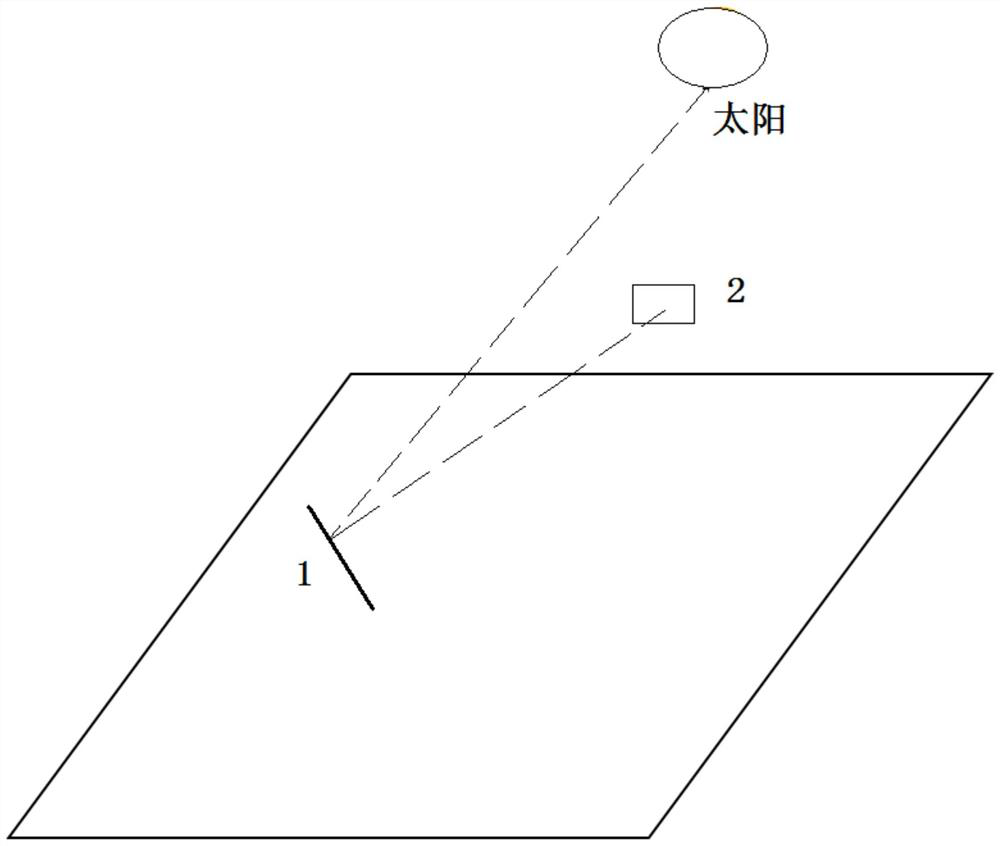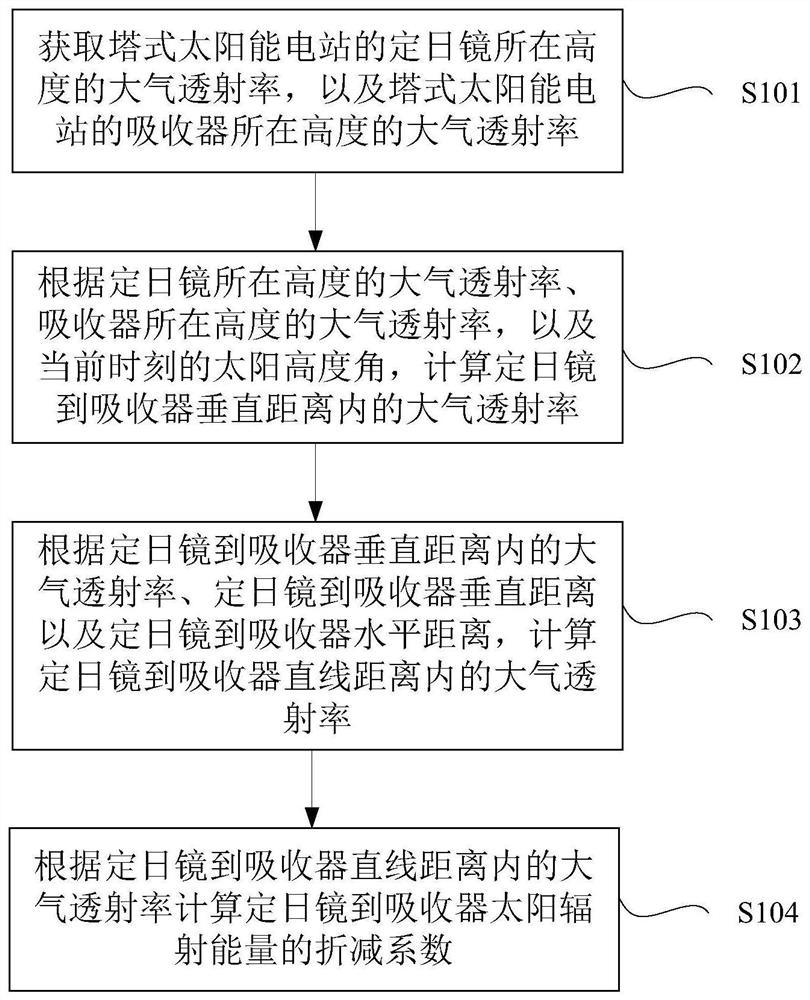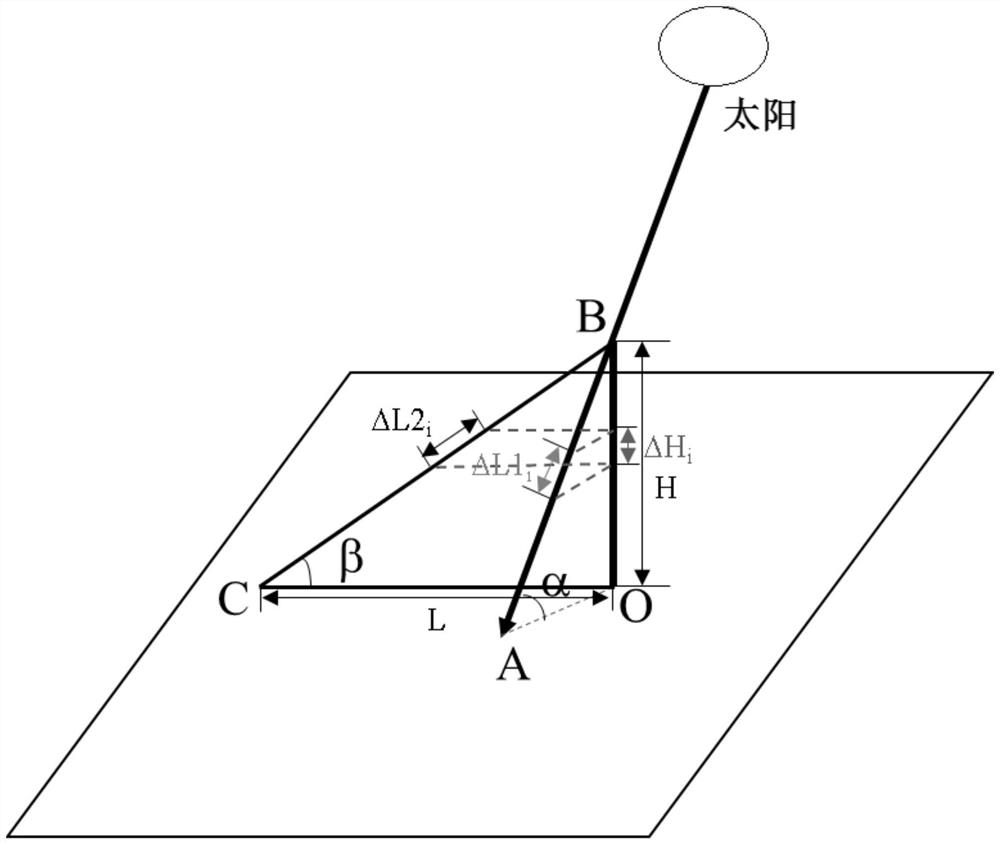Method for calculating reduction of tower type power generation radiation from heliostat to absorber and medium
A technology of absorber and heliostat, which is applied in the direction of using feedback control, etc., can solve the problems of affecting power generation efficiency, not effectively calculating the reduction coefficient, and affecting the management of tower solar power plants, so as to facilitate precise management and accurate calculation Effect
- Summary
- Abstract
- Description
- Claims
- Application Information
AI Technical Summary
Problems solved by technology
Method used
Image
Examples
Embodiment Construction
[0045] In order to enable those skilled in the art to better understand the technical solutions of the present invention, the present invention will be further described in detail below in conjunction with the accompanying drawings and specific embodiments.
[0046] It should be understood that the specific embodiments and drawings described here are only for explaining the present invention, rather than limiting the present invention.
[0047] It can be understood that, in the case of no conflict, various embodiments of the present invention and various features in the embodiments can be combined with each other.
[0048] It can be understood that, for the convenience of description, only the parts related to the embodiments of the present invention are shown in the drawings of the present invention, and the parts irrelevant to the embodiments of the present invention are not shown in the drawings.
[0049] First aspect, refer to Figure 1 to Figure 3 , The present invention...
PUM
 Login to View More
Login to View More Abstract
Description
Claims
Application Information
 Login to View More
Login to View More - R&D
- Intellectual Property
- Life Sciences
- Materials
- Tech Scout
- Unparalleled Data Quality
- Higher Quality Content
- 60% Fewer Hallucinations
Browse by: Latest US Patents, China's latest patents, Technical Efficacy Thesaurus, Application Domain, Technology Topic, Popular Technical Reports.
© 2025 PatSnap. All rights reserved.Legal|Privacy policy|Modern Slavery Act Transparency Statement|Sitemap|About US| Contact US: help@patsnap.com



